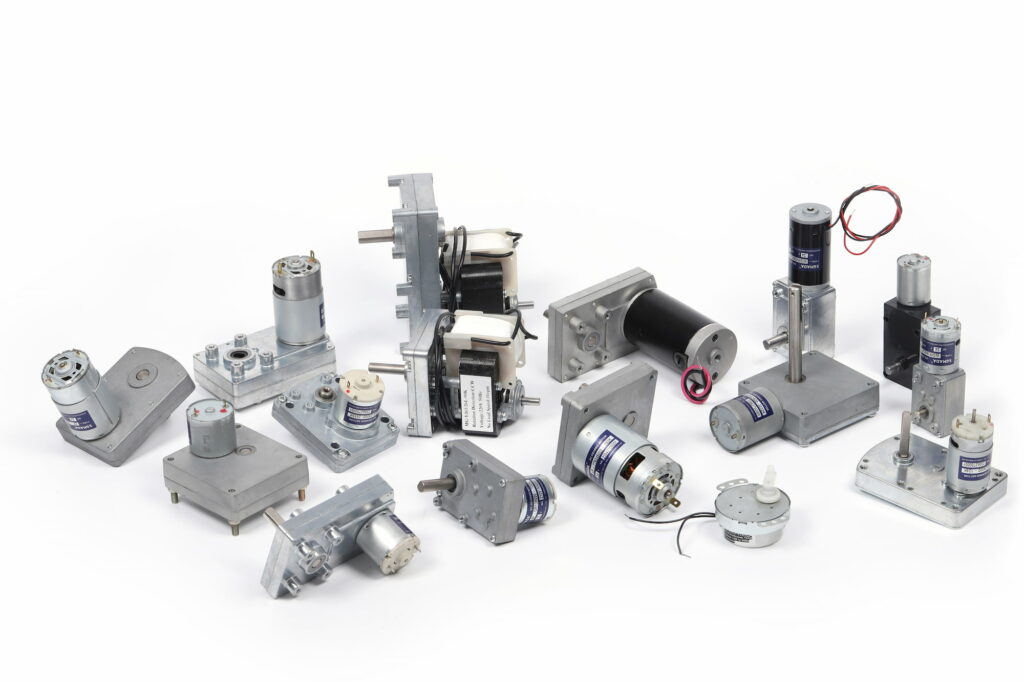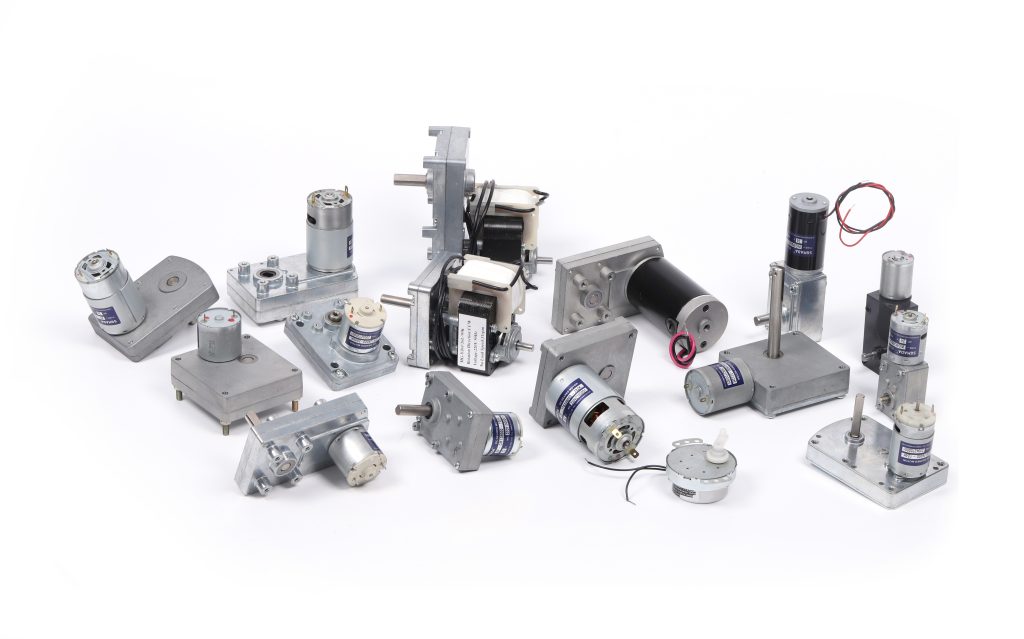Welcome to the Doncen “2023 Outrunner BLDC Motor Guide”, a comprehensive resource on one of the most critical components in various industries – the Outrunner BLDC Motor.
Whether you’re a professional engineer, an enthusiast, or simply someone interested in understanding more about these revolutionary motors, this guide is written for you.
Understanding Outrunner and Inrunner Motors
There are primarily two types of motors in the BLDC category: outrunner and inrunner motors. While they might appear similar, there are essential differences between them that make them suitable for specific applications.
Outrunner brushless DC motors consist of a stationary inner core with coils and an outer shell that rotates, thus the name ‘outrunner’. They are known for delivering high torque at low to moderate RPM, making them a perfect fit for applications that require significant strength at slower speeds, such as drone propellers or robotic systems.
On the other hand, inrunner motors consist of a rotating inner core and a stationary outer shell. These motors offer higher RPM but comparatively lower torque, making them suitable for high-speed applications like RC cars and power tools.
Understanding the fundamental differences between outrunner and inrunner motors can be the first step in choosing the right motor for your specific application.
How do Outrunner BLDC Motors Work?
The magic behind the functioning of a brushless DC electric motor, specifically an outrunner BLDC motor, lies in the intricate interplay between magnetic fields and electric currents.
Firstly, an outrunner BLDC motor consists of an inner stationary stator that contains the motor’s windings, and an outer rotor equipped with magnets. When an electric current is supplied to the windings, it creates a magnetic field that interacts with the magnets on the rotor. This interaction causes the rotor to rotate, generating mechanical energy.
The main advantage of a BLDC motor over a traditional brushed DC motor is the elimination of brushes, leading to less friction, less heating, and longer lifespan. Here is a detailed article on the functioning of BLDC motors.
Disadvantages of Outrunner BLDC Motors
While outrunner motors are often the perfect choice for several applications, like any technology, they come with their share of disadvantages. One notable issue is that the rotating outer part of an outrunner motor can pose a safety hazard in specific scenarios.
Outrunner motors also tend to be larger in size, which might make them unsuitable for applications with size constraints. Moreover, their exposed design makes them susceptible to environmental factors like dust and moisture.
Despite these potential drawbacks, when properly managed and utilized in the right application, outrunner motors can outperform many other types of motors.
Understanding KV in Outrunner BLDC Motors
KV, often referred to as the ‘motor velocity constant’, is an essential parameter when it comes to outrunner BLDC motors. It essentially indicates the motor’s speed for every volt applied without any load (i.e., RPM per volt).
A lower KV motor translates to lower speed but higher torque, making it a perfect choice for applications that require powerful, slow movements. An example of this can be seen in our MX42-52mm BLDC outrunner motor, known for its exceptional low-speed performance.
On the other hand, a high KV motor is capable of reaching higher speeds but with less torque, suitable for high-speed applications. Understanding KV is crucial when designing a system, as it directly impacts the performance and efficiency of the motor.
Outrunner BLDC Motor Applications
Outrunner BLDC motors are renowned for their high torque and efficiency, making them ideal for a wide range of applications. Here, we delve into a few key applications of these versatile motors.
Robotics
In the field of robotics, where precise control over movement is critical, outrunner BLDC motors have been game-changers. Their ability to deliver high torque at low speeds is perfect for applications that require strong, slow movements, such as robotic arms. Furthermore, their ability to operate efficiently at various speeds makes them a desirable choice for robotics, where operations can greatly differ.
Our MX33-42mm BLDC outrunner motor is a prime example of a high-performing outrunner motor used in robotic systems, providing a balance between performance and compactness.
Drones and RC Vehicles
In the realm of drones and RC vehicles, the high torque outrunner motor is king. Their ability to deliver high torque at lower speeds is crucial for propelling these devices. They are compact, efficient, and capable of delivering the power necessary to keep these machines in the air or moving at high speeds.
Electric Mobility Devices
In the booming world of electric mobility, from electric scooters to exoskeletons, outrunner BLDC motors have found a significant role. They provide the high torque necessary for mobility devices to move and carry loads efficiently.
For instance, the outrunner BLDC motor for exoskeletons that we manufacture at Doncen Motor is known for its power and efficiency, making it an excellent choice for exoskeleton applications.
Decoding Gearboxes: A Critical Component
Most motors, including outrunner BLDC motors, require a gearbox to adjust the motor’s output speed and torque. The gearbox acts as a critical component that influences the motor’s efficiency and performance.
Among various types of gearboxes, the Planetary Gear Motor is popular due to its compact design and excellent load distribution capabilities. They are often coupled with BLDC motors to form a BLDC motor with a gearbox system, known for its improved torque and reduced speed. This combination proves effective in applications like electric vehicles, robotics, and industrial machinery.
Additionally, understanding the differences between planetary and spur gear motors can further help you choose the right gearbox for your motor, depending on your application’s specific requirements.
The Role of Voltage in Motor Performance
Voltage plays a crucial role in the operation of any motor, including the outrunner BLDC. A simple principle governs this: the higher the voltage, the higher the speed. Hence, it’s important to understand the impact of voltage on motor performance to select a motor that aligns with your application’s power requirements.
Our article on 12V or 24V: Exploring the Impact of Voltage on Motor Performance provides an in-depth look into how voltage affects the speed, torque, and overall efficiency of a motor.
Customizing Your Outrunner BLDC Motors
At Doncen Motor, we understand that every application has unique requirements. This is why we offer customized design services to meet your specific needs. Whether you need a high-speed 24V brushless DC motor for a drone or a high torque bldc motor for a robotic arm, we are equipped to deliver.
To explore our range of motors, you can check our catalog. For further assistance or queries, don’t hesitate to contact us.
Conclusion
Outrunner BLDC motors, with their unique design and high torque capabilities, are becoming a go-to solution for many applications. As technology advances, we can expect these motors to become more efficient and versatile, paving the way for their use in even more innovative applications.
Understanding the intricacies of these motors, from their working principle to their voltage requirements and associated gearboxes, is crucial for engineers, hobbyists, and anyone looking to harness the benefits of outrunner BLDC motors. Armed with this knowledge, you can make an informed decision when choosing a motor for your next project.
Remember, at Doncen Motor, we’re more than just a motor manufacturer; we’re your partners in bringing your innovative ideas to life.








